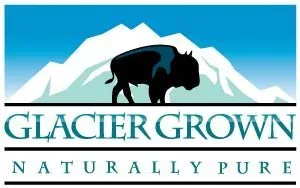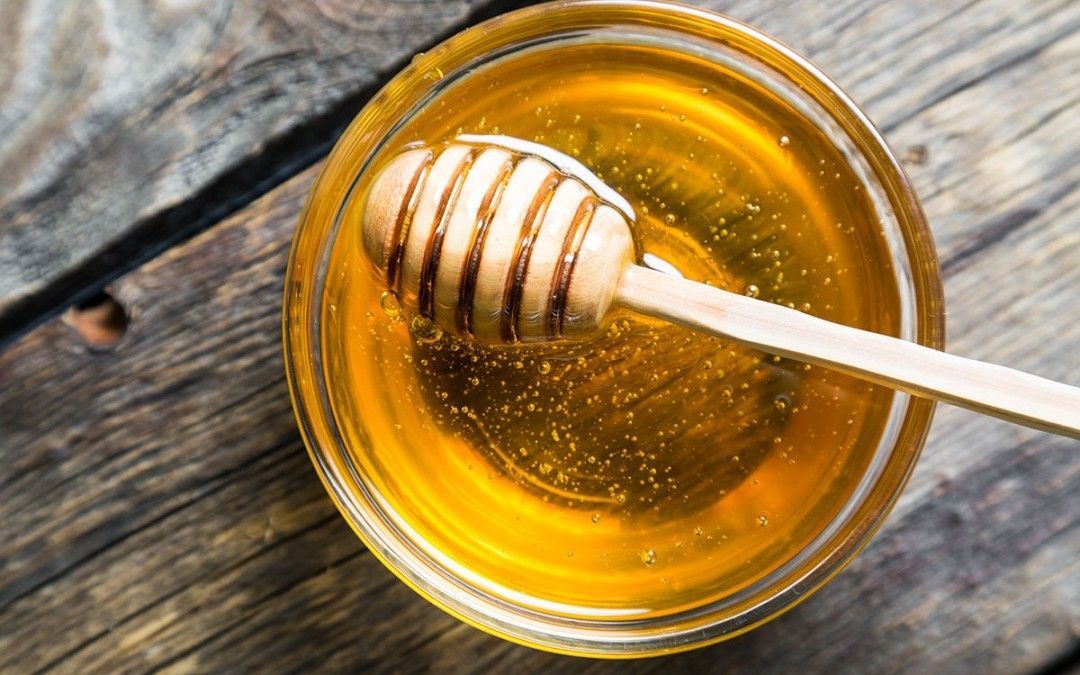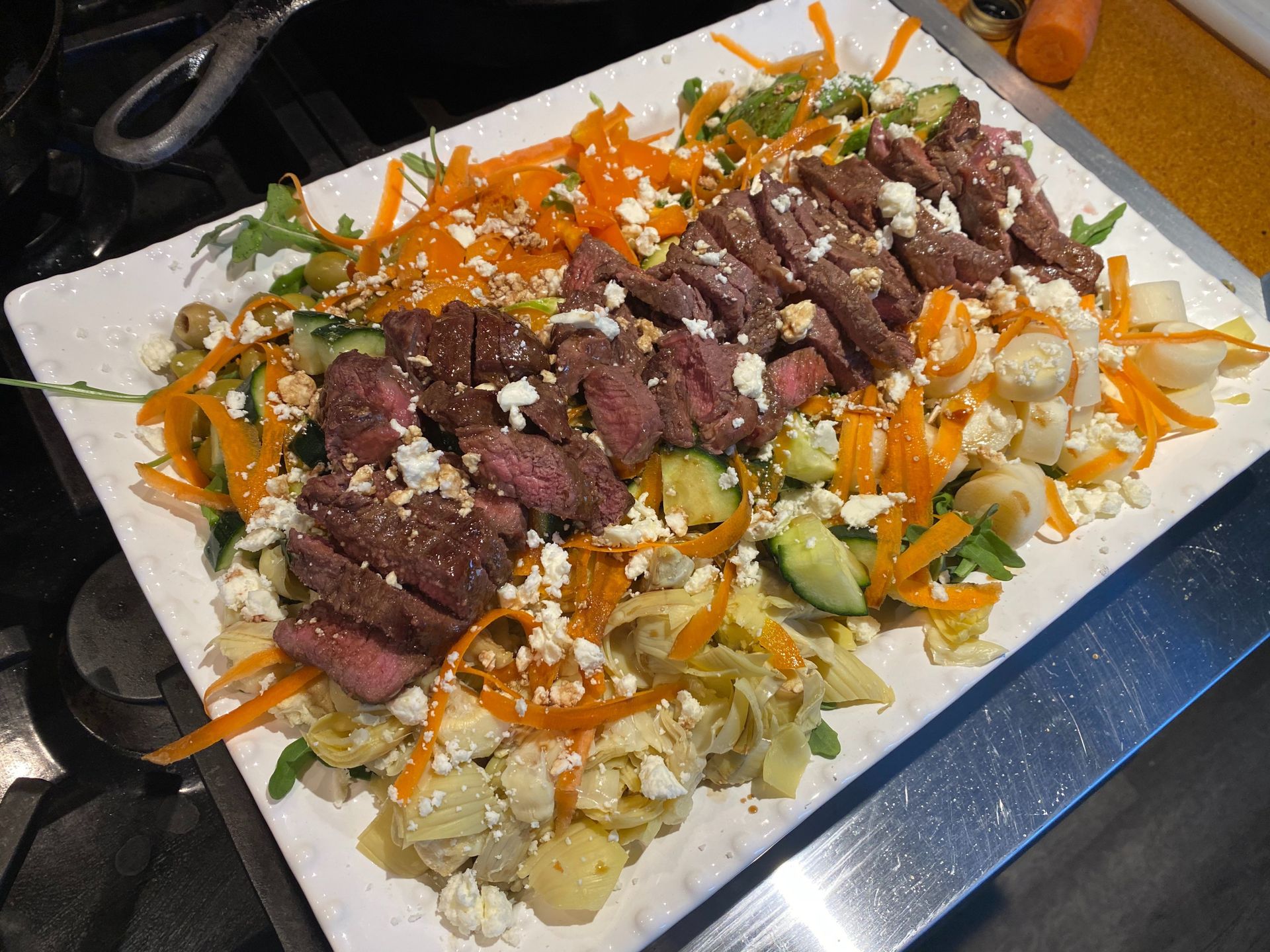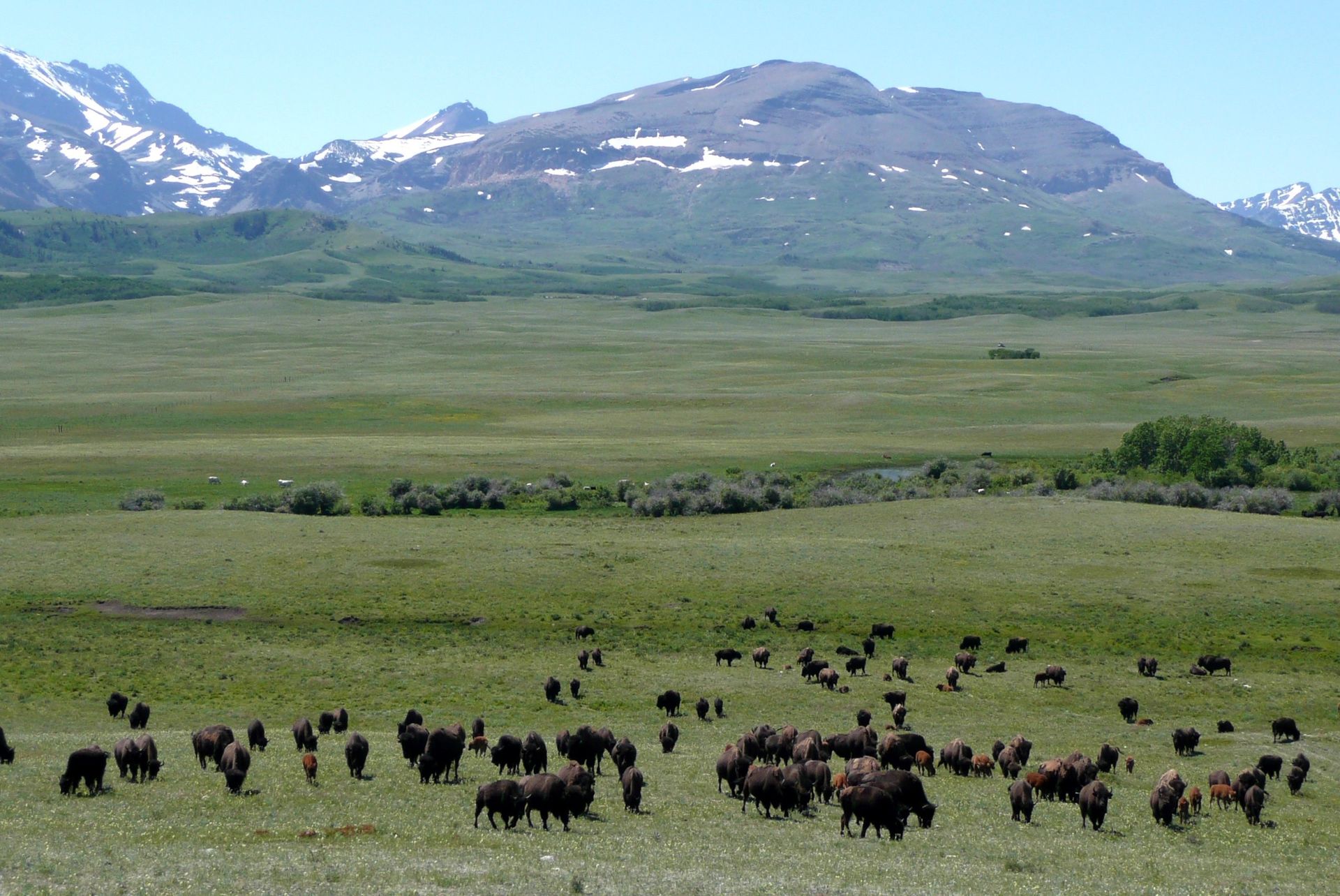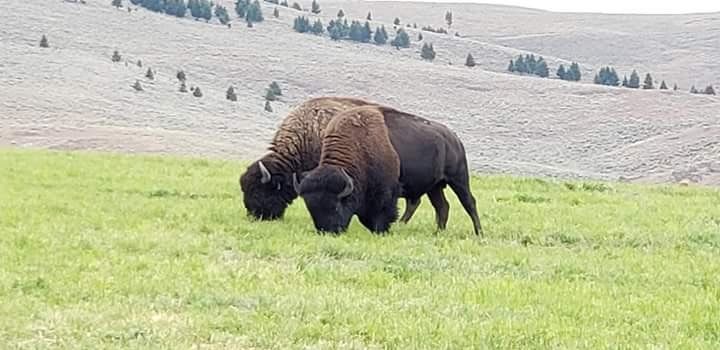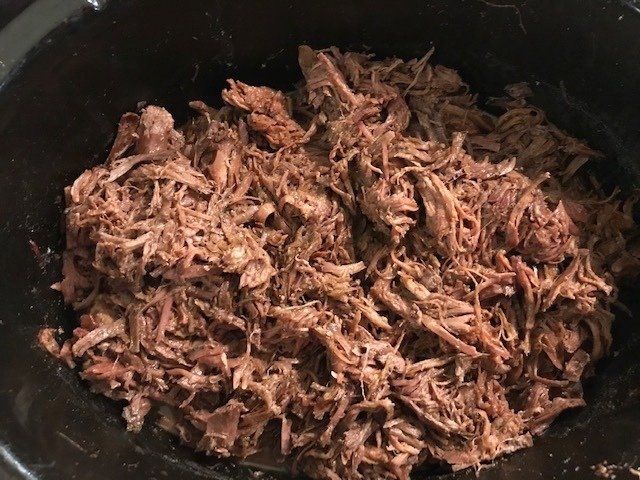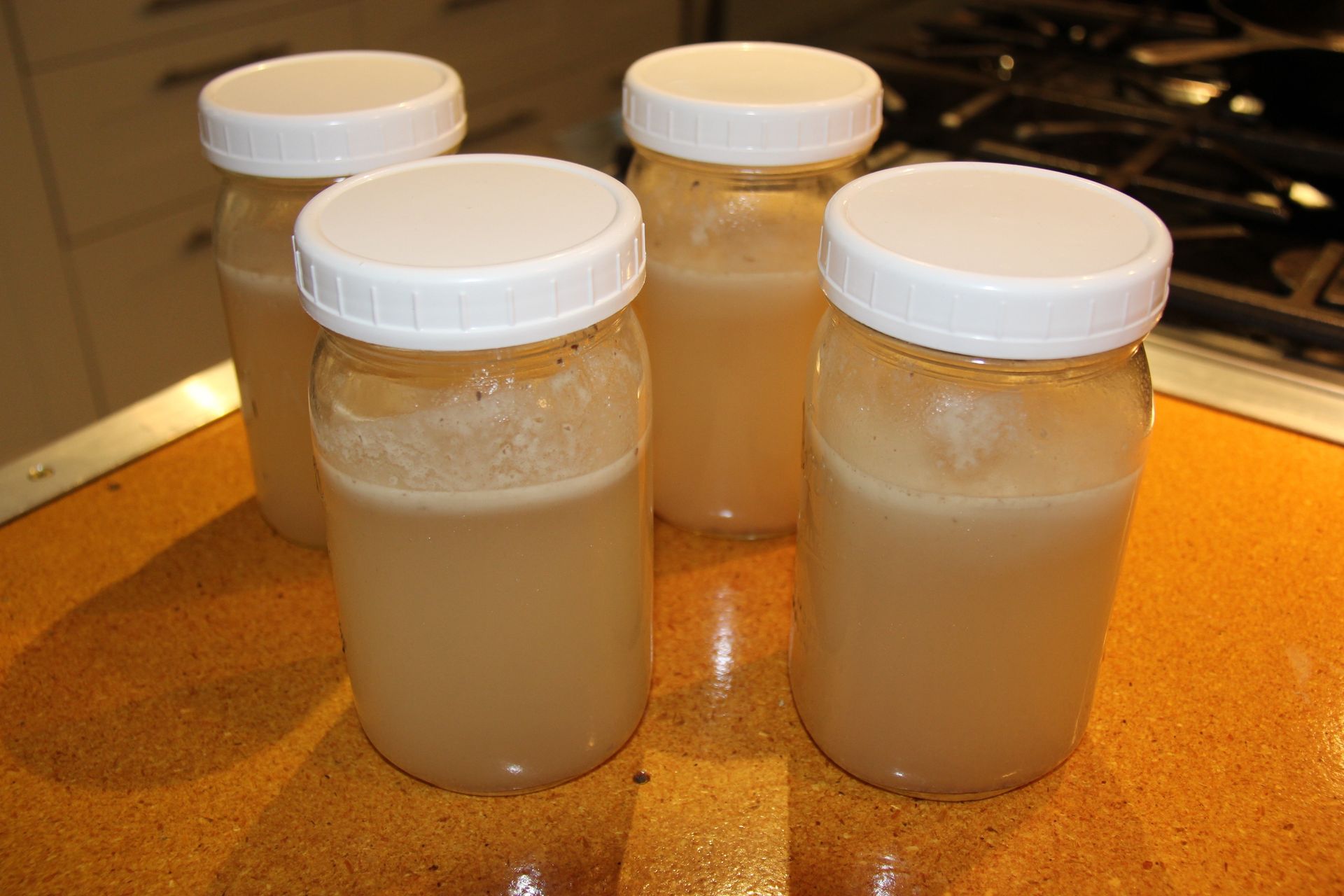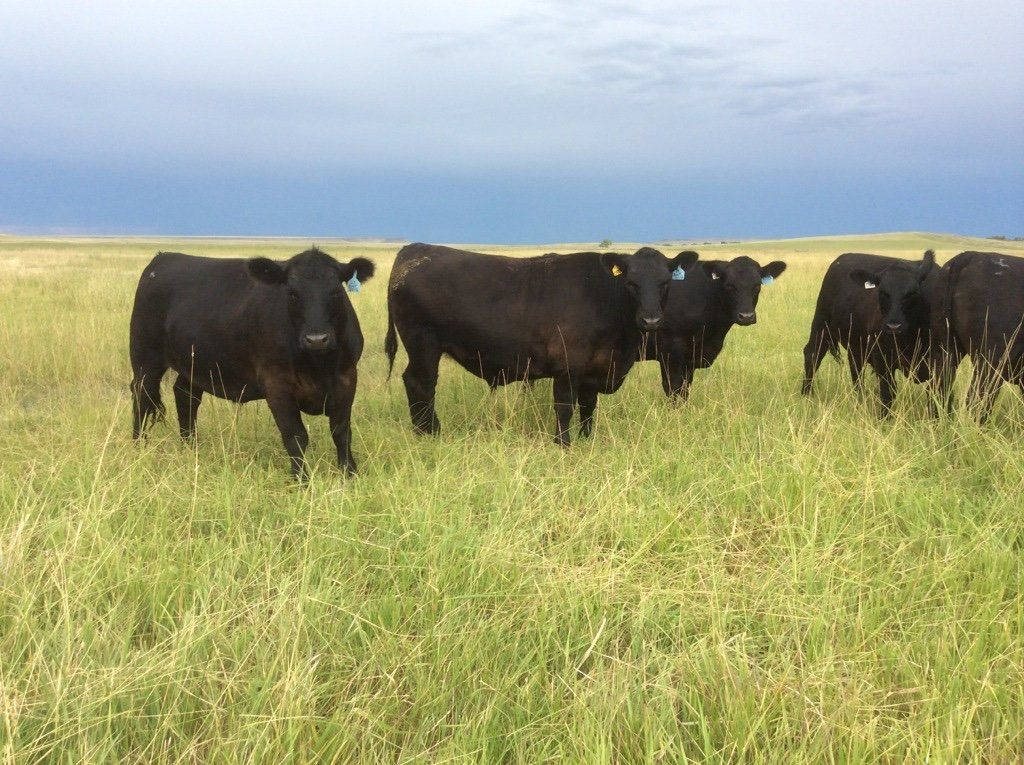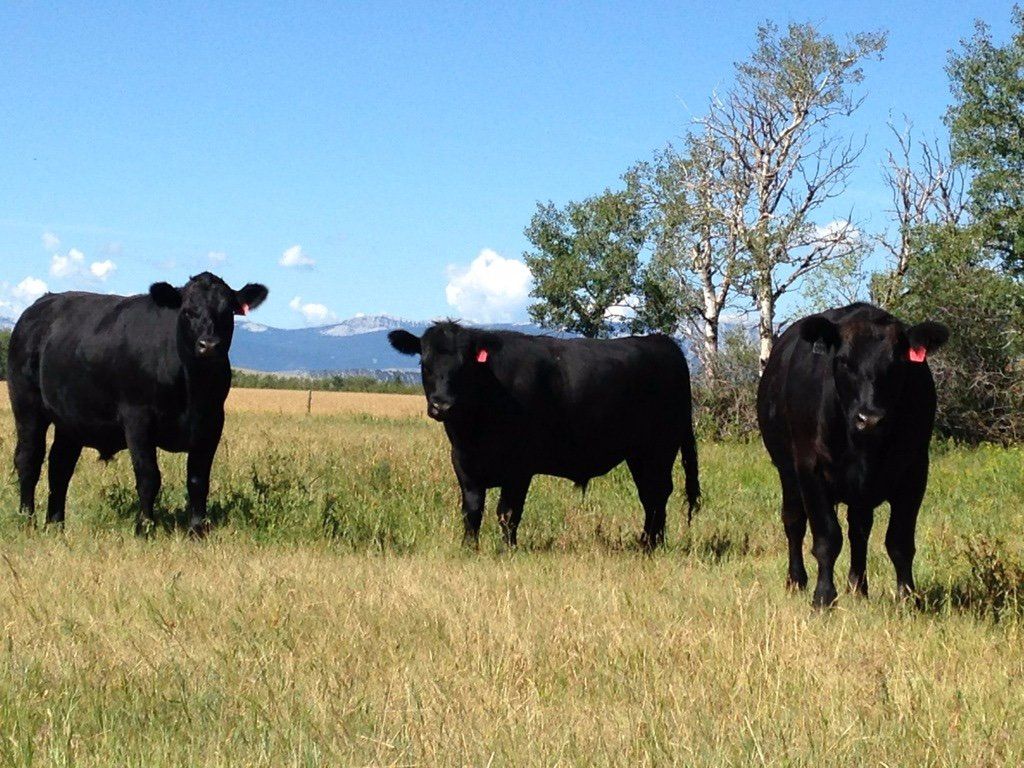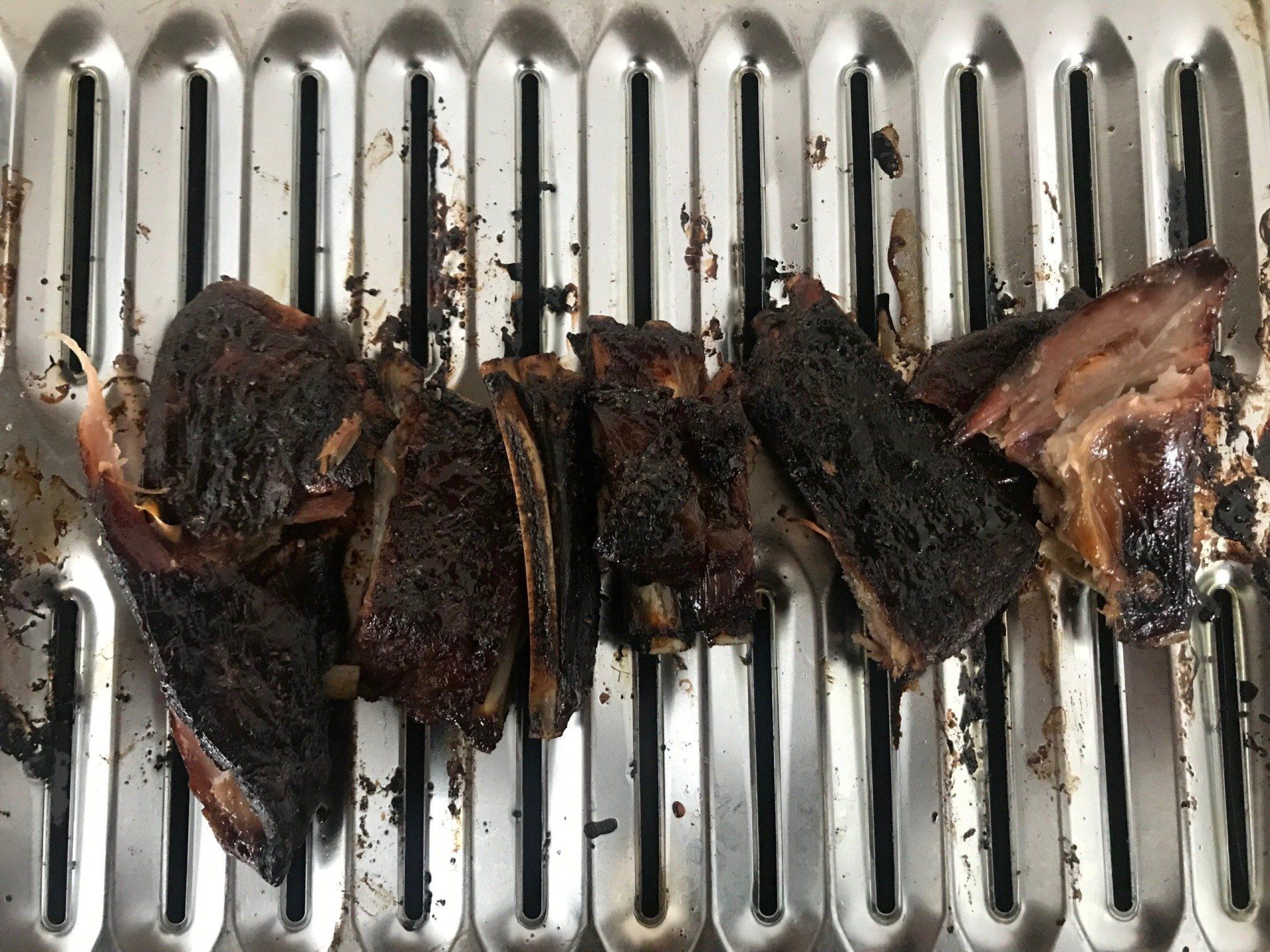Glacier Grown vs. Conventionally Raised Beef
Not sure what you are actually buying in the grocery store meat section?
Do you know what you are actually buying when you purchase meat in the grocery store? Being informed is the first step to making great food choices for you and your family.
Here are just 5 very important ways that Glacier Grown Beef is different than the beef you’ll find in the grocery store coolers:
Difference #1
Glacier Grown Beef
- raised outside on pasture in wide open spaces (social distancing in MT since 1889, baby!!) with fresh air, fresh water, and sunshine ( see above Glacier Grown beef photo
).
Conventionally raised beef
- confined to feed lots, at least part of their lives, with 1000’s of other animals in very small spaces ( see below - conventional feed lot photo
- hungry? us either!).

Difference #2
Glacier Grown Beef - never fed hormones or animal by-products, but instead, grown as God intended, to a natural size in their own time.
Conventionally Raised Beef - fed hormones, growth enhancers, and animal by-products in order to promote quick, unnatural growth to a standardized industry weight. Did you know that leftover snack food and junk food from large corporations are used for cattle feed? Cheese puffs puts on some quick bulk, but what about nutritional quality? Pretty much zero.
Difference #3
Glacier Grown Beef - never given antibiotics. This animal lifestyle and environment create safe and healthy conditions where the cows don’t need antibiotics.
Conventionally Raised Beef - given routine antibiotics in feed to keep animals from getting sick because of their unsanitary and crowded living conditions.
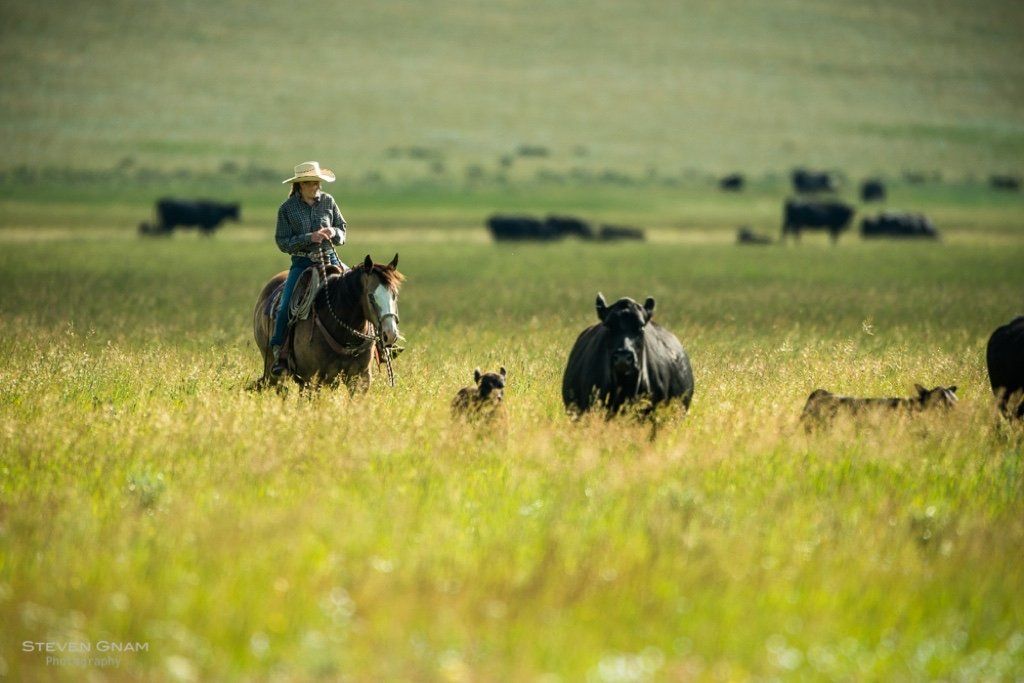
Difference #4
Glacier Grown Beef - fed a 100% pesticide-free, grass diet. The cows eat native, live grasses during late spring, summer, and fall; they eat dormant, stockpiled grasses and native grass hay during the winter when grasses aren’t growing. They are grass fed and grass finished.
Conventionally Raised Beef - fed grains, soy, and food by-products in addition to grass & hay. Often the hay that these animals are fed in a feed lot have been sprayed with pesticides as well.
Difference #5
Glacier Grown - Humanely slaughtered in their natural environment or in large, outdoor pastures to assure that the animals are comfortable, calm and relaxed.
Conventionally Raised Beef - slaughtered with many other animals in a high stress, non-humane, generally indoor environment.
Raising cattle the Glacier Grown way takes much longer and is more expensive than conventionally raised beef, but all of our growers are committed to these principals. Not only does this lifestyle produce superbly delicious meat, but it is much better for the animals, ensuring their happy and healthy lives.
